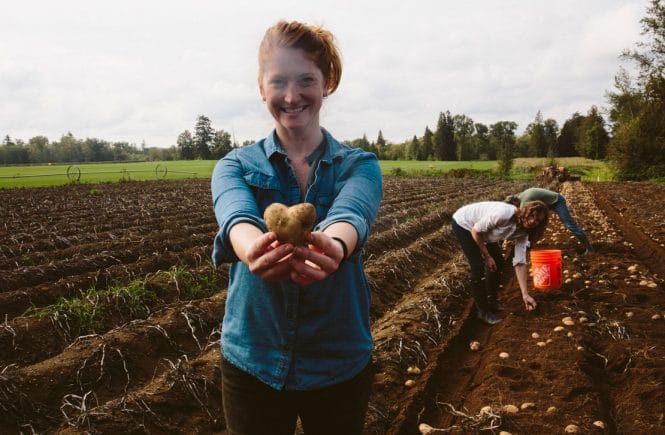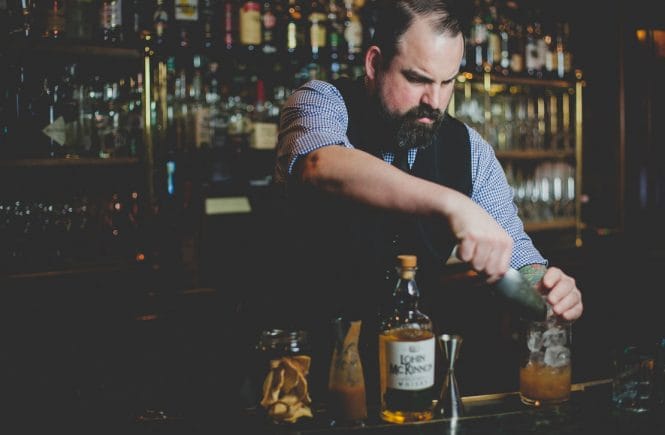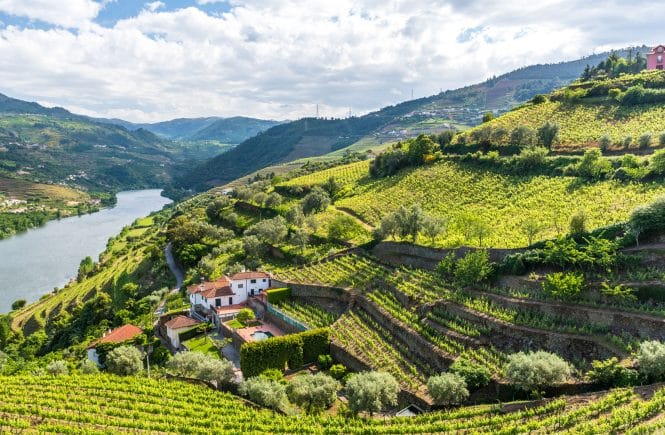Flames add flavour—and drama—to festive concoctions
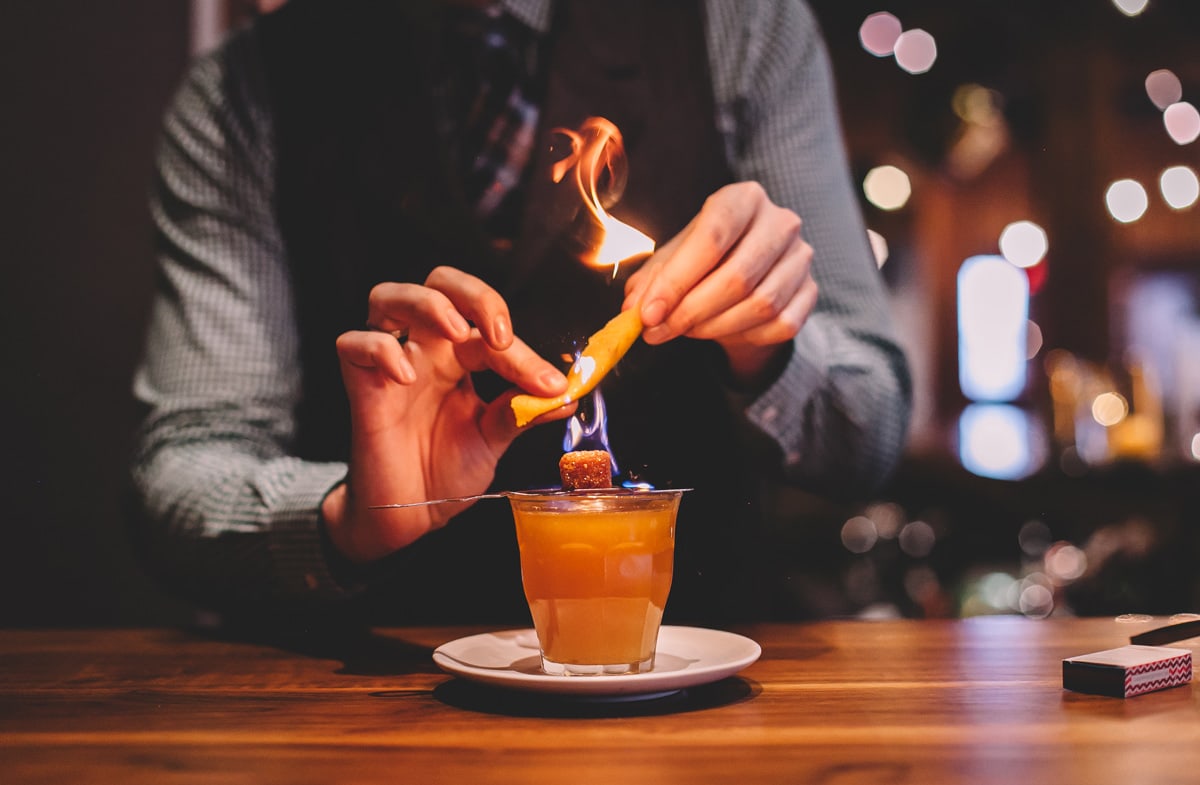
I was just thinking of a Flaming Rum Punch,” says Clarence Odbody, the 293-year-old guardian angel in Frank Capra’s 1946 masterpiece It’s a Wonderful Life. But in this post-war dive bar all that’s on offer is “hard drinks… for men who want to get drunk fast.”
Back when Clarence was just a cherub, though, punches were all the rage. A concoction of spirits with something sweet, something sour, something weak and something spicy, punch was a communal beverage, enjoyed at social gatherings. It was often served hot, typically heated by inserting a molten hot poker into a jug, bowl or pitcher of liquor. There were, at times, flames.
Since then, flamed drinks have gone in and out of fashion like a Blue Blazer in a fickle breeze.
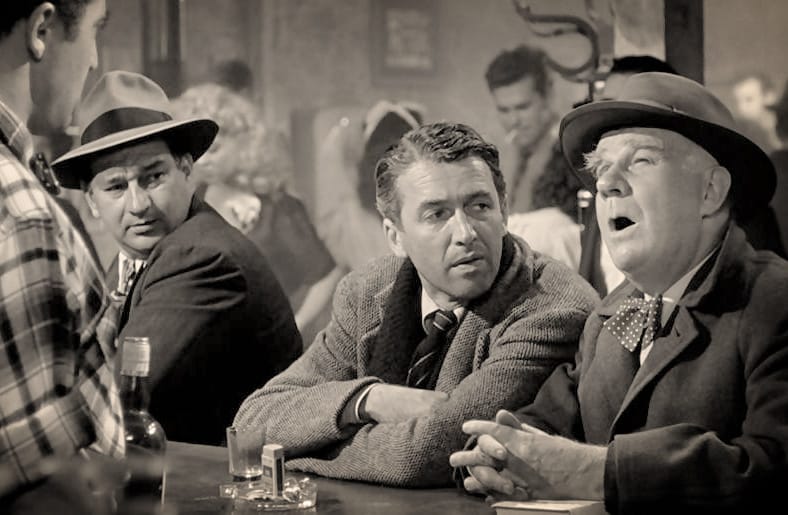
In fact, the Blue Blazer, a Scotch toddy set alight and “thrown” from vessel to vessel, was the first flamed cocktail, recorded in the original cocktail book, Jerry Thomas’s 1862 How to Mix Drinks. Over the next century or so, there were flaming shooters, flaming tiki drinks and flaming special coffees like New Orleans’ famous Café Brulot Diabolique.
Flaming a drink looks pretty cool, of course, but it also serves a real purpose.
“The interesting thing with flamed drinks is that the Cosmopolitan is what began and ended it for modern bartenders,” says Philippe Grandbois, bar manager at Vancouver’s Chambar restaurant. “Dale DeGroff making a Cosmopolitan with flamed orange peel, made lighting drinks on fire cool again.”
DeGroff was the New York bartender who arguably launched the cocktail renaissance in the 1990s; his signature move of flaming citrus to extract the essential oils, has been copied by serious bartenders everywhere.
Flaming a drink looks pretty cool, of course, but it also serves a real purpose.
“It caramelizes flavour. It creates richness and fine, dark, Christmas-type tastes,” says Grandbois, who lights up the star anise pod that garnishes his delicately complex Artemisia cocktail (vermouth, chamomile, dry sherry, Marsala). “The burning of the star anise brings out these great spices. Without heat, you’ve got nothing, just a floating star in your glass.” And, he adds, “When you look at the technology of applying heat, it’s something we use in cooking every day.”
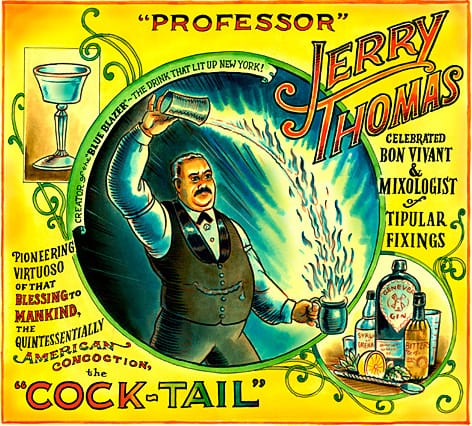
Clarence, it seems, was clearly on to something. What Grandbois figures he was hankering for was something akin to the Feuerzangenbowle, a traditional German holiday punch. The name means “Fire Tongs Punch.” It is a sort of mulled wine or brandy, with a sugar loaf drizzled in rum, held in a pair of tongs over the liquid and lit on fire so that the melted sugar drips deliciously into the punch.
“It’s delicious. It’s this wonderfully balanced drink,” Grandbois says. “It’s mulled wine meets rum punch—a great festive drink. A proper Rum Punch is a beautiful thing.”
We’re sure Clarence would agree.
PLAYING WITH FIRE: If you plan to flame drinks, approach with caution. There have been several terrible mishaps in recent years involving fire and alcohol, such as the incident in Moscow, where a bartender created a massive fireball that engulfed a woman’s face in flames.
Even without acts of random stupidity, accidents can happen. Remember: if burning alcohol spills, it will spread quickly and water will not put it out. Make sure you have a fire extinguisher on hand.
—by Joanne Sasvari


